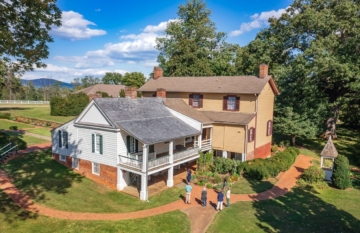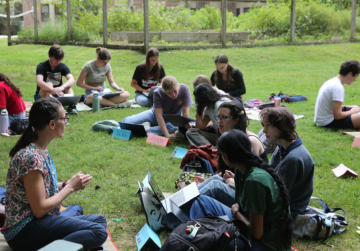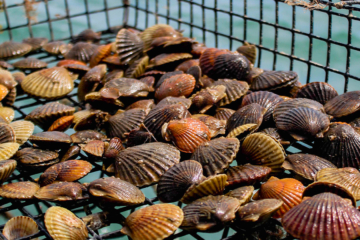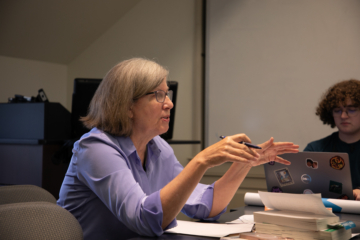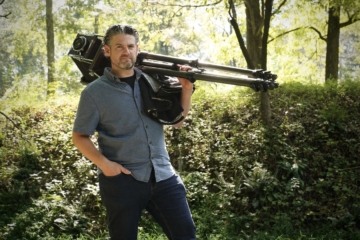Highland celebrates 50 years of W&M stewardship, aims to expand its scholarly impact
Just over 120 miles from William & Mary lies what local alumni lovingly call “William & Mary West,” or as it’s more commonly known, James Monroe’s Highland.
Covering 535 acres of land in Charlottesville, Virginia, the Albemarle County home of the fifth president of the United States is celebrating 50 years of stewardship by the Alma Mater of the Nation this year — expanding its network and sharing its academic collaborations in the process.
In honor of the anniversary, Highland is conducting a lecture series highlighting its recent high-impact projects and the many perspectives that have shaped them.
The series kicked off in April with an online lecture from Sara Bon-Harper, executive director of Highland, on the rich collaborations with the university community and the historic house’s story of rediscovery.
The next event in the series will focus on food traditions and the role of innovation in Black food and traditions in collaboration with Highland’s Council of Descendant Advisors. In February, attendees will have an opportunity to learn about conservation projects across Highland’s landscape.
“Creating the anniversary series has been really delightful,” said Bon-Harper. “What I thought would fit would be to highlight these academic partnerships with opportunities for alumni and the general public to learn. That’s what clicked.”
Expanding knowledge
Bon-Harper and Alison Dwier-Selden ’86, head of the Charlottesville-Highland Alumni Network, share a common goal through their work with Highland and in Charlottesville: expanding knowledge of Highland, but also furthering understanding of its place alongside William & Mary.
Formerly known as Ash Lawn-Highland, the property was purchased by James Monroe until personal debt forced him to sell the plantation in 1826, but he still farmed its plantation fields through 1828. The estate has changed size, shape and configuration throughout its existence.
Prior to William & Mary’s stewardship, Highland was privately owned by Jay Winston Johns, with William & Mary inheriting the property shortly after his death in December 1974.
After taking the helm as executive director in 2012, Bon-Harper had reason to believe that there was a missing building on the Highland property. In 2016, Highland announced the discovery of the foundation of the 1799 main house, preserved just below the ground’s surface.
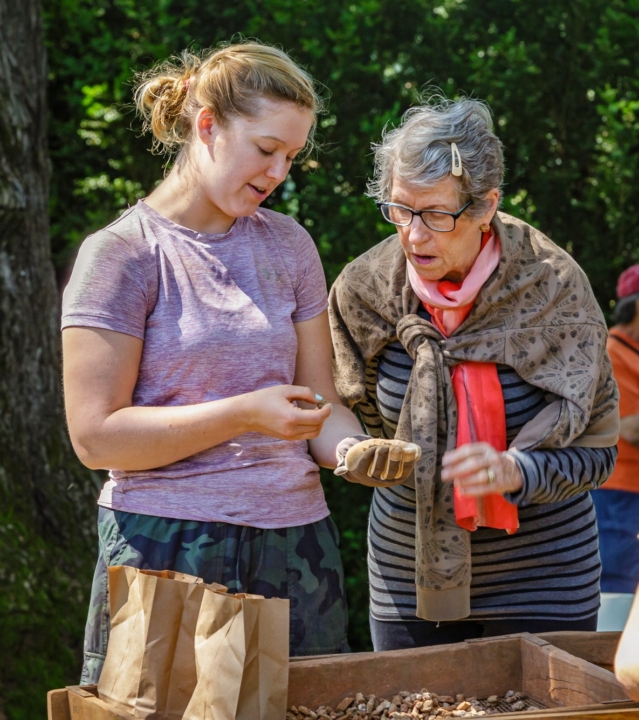
Researchers determined that a small, white part of the house was not a remnant wing of the original structure but served as a separate guesthouse, built in 1818. A fire is thought to have destroyed the main house late in 1829, just a few years after Monroe sold it.
It’s this sort of discovery that Bon-Harper wants students and faculty to experience firsthand. While Charlottesville may be off campus, the experiences it provides with history, anthropology and American studies are limitless, she said.
“Developing these academic collaborations and partnerships in addition to giving students the opportunity to work on real-world questions and interface with our community, that’s the big picture of what we’re doing at Highland,” she said.
Since the discovery of the house foundations, Bon-Harper led a student team in 2021 and interns in 2024 through a new phase of research across the property. Two recent alumnae were also hired as archaeology staff in early 2025.
Environmental work has been conducted on the property in partnership with the Institute for Integrative Conservation since 2021. With the help of three grant-funded projects since 2019, students and caretakers of Highland have improved water health and soil quality, decreased erosion, repaired 80 acres of stream banks and planted native species across the property.
“William & Mary West continues to be the place where faculty and students can come to do research or come to explore ideas across a variety of disciplines,” Bon-Harper said. “I hope more and more people recognize Highland as a place to carry out research in their field. A place with a physical footprint, a strong, nationally relevant story – there’s so much to work with.”
A thirst for knowledge
Bon-Harper collaborated closely with the Charlottesville-Highland Alumni Network on how to best commemorate the achievement, with ideas ranging from galas to parties. Ultimately, the idea of a speaker series felt appropriate given the audience.
“Alumni want to keep learning,” she said. “They’re really engaged.”
Dwier-Selden agrees that William & Mary alumni have a passion for learning that extends far beyond the classroom.
“Put William & Mary people in a building with old bricks, and we’re happy,” she joked. “It’s what we do. We like to learn. We’re thirsty for knowledge. It never ends.”
Dwier-Selden compares expanding alumni outreach to tending to a garden: watering what connections you have now, and planting for the future. This means finding alumni at tailgates, and for the 50 years of stewardship, crafting programming that’s just right for the William & Mary community.
“My quest is that we will always be really attentive to what’s happening now and not just rely on what formula might work for us in the moment,” she said.
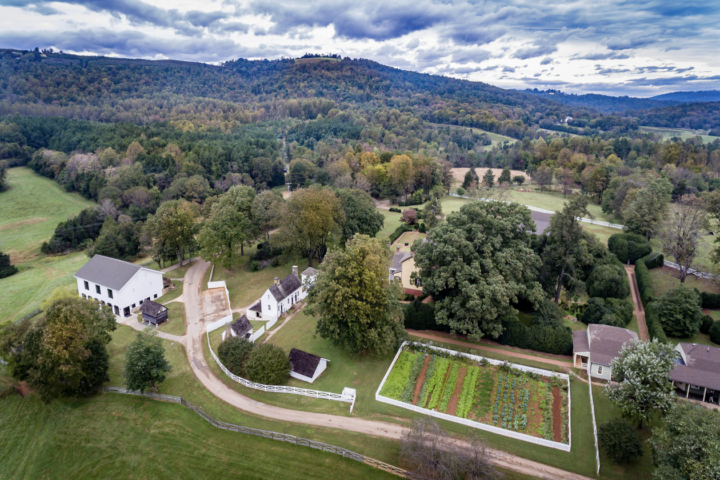
Highland is full of memories for the alumni community. Jacqueline Langholtz ’05, another leader of the local alumni association, recalled a time years ago when she registered for the Yule Log event with a plus-one for the first time. That plus one? Now her husband.
Langholtz reflected on the excitement of the Charlottesville community gathering alumni, current students, parents and members of the incoming class this year.
“It was a very special event, feeling a bit like a passing of the baton to the next generation of William & Mary,” she said. “I realize that Highland has been a part of my own Charlottesville story from its very start-up until now. I look forward to the next 50 years of William & Mary and Highland’s relationship and know that it will continue to evolve in exciting ways.”
Latest W&M News
- Ibes leads Sharpe Scholars outdoors, into communitiesNow in its third year, ENSP 100 takes on the idea and practice of learning outside the classroom.
- Award-winning journalist Asma Khalid to deliver fall 2025 Atwater LectureKhalid will deliver Alma Mater Production’s Fall 2025 Atwater Lecture on Oct. 14 at Sadler Center’s Commonwealth Auditorium.
- ‘Here Comes the Sun’: Tack Faculty Lecture to explore the science of building a star on EarthPhysics Professor Saskia Mordijck will present the fall 2025 Tack Faculty Lecture, “Here Comes the Sun: Building a Star on Earth.”
- Bay scallops surge on the Eastern ShoreOnce locally extinct, the Virginia bay scallop population is increasing exponentially due to restoration work by W&M’s Batten School & VIMS Eastern Shore Laboratory.
- Holladay named inaugural Sharp Writer-in-ResidenceHilary Holladay M.A. '87 is the Charles Center’s inaugural Sharp Writer-in-Residence.
- Library of Congress collects photographic work of W&M professorTwenty photographs created by William & Mary Professor Eliot Dudik have been acquired by the Library of Congress for its permanent collection.



